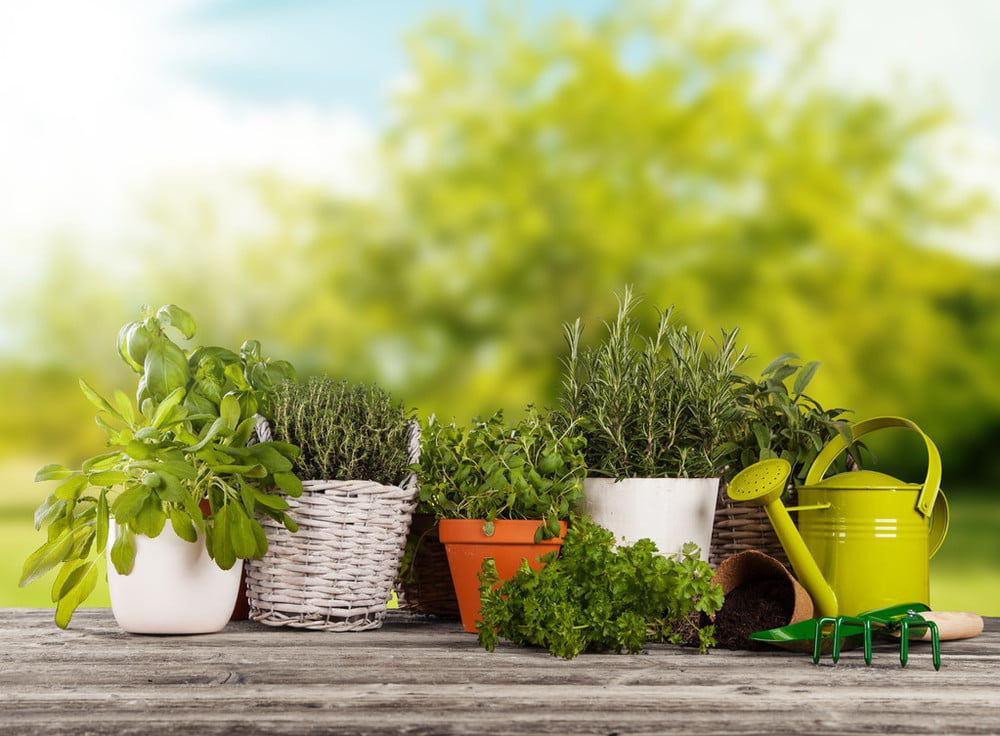If you want to decorate your home by only placing one plant, you’d better consider plants with ornamental functions. Usually, taller plants can achieve such goal and catch people’s eyes with their shape-exaggerated leaves. Due to their eye-catching forms, it is better to place them alone, as it will be out of harmony to place them with other luxuriant plants. When placing them, you should find a spot that can better serve their features, such as in a corner or niche that echoes the plants, or against white wall that can be used as background. Since those special plants occupy larger space, it is more suitable to place them in spacious living room or dining room. Of course, if your bathroom or kitchen is big enough, you can also leave them there.

In the night, plants need some light to create a comforting atmosphere, just like the sculptures in museum or art gallery, which are often under suitable spotlight. Actually, if you are uncertain about how to place large plants in your house, you can imagine them as sculptures with vitality. By doing so, it is easier to make decisions in both purchasing and placing. In view of the height of such plants, buying them is more like making investment. You’d better not start your “gardening career” with them unless you are one-hundred percent that you can take good care of them.
The majority of plants with an architectural sense are tall foliage plants, including Ficus benjamina L. and Ficus elastica; plants with distinctive leaves such as Philodendron panduriforme and Fatsia japonica; palm plants such as Chrysalidocarpus lutescens; Archontophoenix plants such as Massangeana, which is a variant of Dracaena fragrans; large Pteridophyta plants such as Nephrolepis exaltata; and climbing plants with large leaves such as Philodendron Schott with shovel-shaped leaves.

Five Plants with Powerful Forms
*Cycas revoluta. With stout branches and hard leaves, Cycas revoluta shows exotic charm. Although similar to palm in form, actually it has nothing to do with Arecaceae. Cycas revoluta grows very slow. Its leaf crown can extend to one meter. Over 50 to 100 years, it can grow as tall as six meters. When placing Cycas revoluta, you’d better choose a bright place but avoid direct sunshine and heating. You should water it often in summer while not so often in winter.
*Euphorbia tirucalli. Being an uncommon plant, Euphorbia tirucalli wins the love of many people. Normally, it can grow to 1.5 meters, but it is no more than 50 centimeters when being extended due to a compact form of branches and leaves. It is suitable to place Euphorbia tirucalli in limited space or house with small-sized rooms. It barely needs any careful attention, so you can water it once every two or three weeks in summer. Just remember to provide it with abundant sunshine.
*Phoenix canariensis. Phoenix canariensis is a kind of palm plant with classical form. Without too much attention, it only needs indirect bright sunlight and regular watering. If being well maintained, it can grow to two meters, with its crown extending one and a half meters.
*Palm. Palm is known as a “fan” among all home-grown plants because they have large and broad leaves and their crown can extend up to two or even two and a half meters. It is suitable to be grown in spacious spaces such as living room and greenhouse. Although it grows very slow, it can adapt to situations and have luxuriant foliage as long as provided with bright sunlight. Remember to water it often.
*Yucca elephantipes. With greenish-blue leaves, Yucca elephantipes looks like a tree, decorating your home with exotic charm. It is not very difficult to keep it so long as you pay attention to sunlight. In growing seasons such as spring and summer, you need to water and fertilize it every two weeks when the top composting soil becomes dry. It might be top-heavy so you’d better often move the pot to enable all its leaves to enjoy the sunshine. By doing so, it will avoid being too heavy on the top. Yucca elephantipes can grow to 4.5 meters with a one-meter crown.
Tips: Archontophoenix
It can be told from its name that Archontophoenix is not palm, but their leaves look like palm and they also have attracting forms. The common large varieties of Archontophoenix include Yucca elephantipes, Beaucarnea recurvata and Pandanus baptistii.




